Local Collision Repair: Expertise, Quality, Community Trust Built
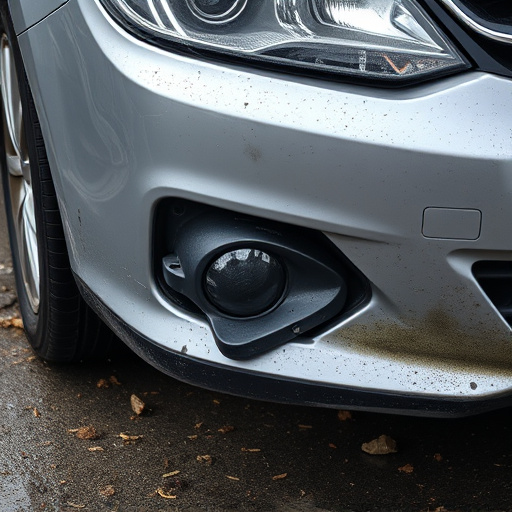
Local collision repair shops offer top-tier vehicle restoration with skilled technicians and excelle…….
In an era where road safety and vehicle sustainability are paramount, local collision repair has emerged as a critical component of the automotive industry. This article aims to delve into the intricacies of local collision repair, exploring its definition, global impact, economic implications, technological innovations, regulatory landscape, challenges, and future prospects. By the end, readers will gain a comprehensive understanding of this vital sector and its role in shaping the automotive world.
Definition: Local collision repair refers to the specialized process of restoring damaged vehicles to their pre-accident condition, focusing on local facilities and services. It involves a range of activities from minor dent removal and paintless repairs to complex structural fixes and body panel replacement. The term ‘local’ emphasizes the proximity of these repair services to where the vehicle is used, typically within a community or region.
Core Components:
Accident Assessment: Evaluating the extent of damage caused by collisions, including structural integrity checks and component replacements.
Bodywork Restoration: Techniques like painting, panel replacement, and alignment to ensure the vehicle’s exterior appears and performs as new.
Mechanical Repairs: Addressing any mechanical issues resulting from the collision, ensuring the vehicle is safe and reliable to drive.
Customer Service: Providing excellent customer experience, communication, and convenience throughout the repair process.
Historical Context: The concept of local collision repair has evolved over decades, driven by changing consumer expectations, technological advancements, and safety standards. Initially, post-World War II, automotive repairs were largely done in centralized workshops. However, growing urbanization and a demand for faster, more convenient services led to the emergence of localized repair shops offering specialized, tailored solutions.
Significance: Local collision repair plays a vital role in several ways:
Community Resilience: It ensures that vehicles are repaired quickly, keeping communities mobile and connected.
Environmental Sustainability: By promoting local repairs, resources are conserved, and the carbon footprint associated with long-distance transportation of vehicles is reduced.
Economic Growth: Local repair shops contribute to local economies, creating jobs and fostering business development.
Local collision repair is a global phenomenon, yet its implementation varies across regions due to cultural, economic, and regulatory differences.
International Influence: The concept has spread worldwide, adapting to local needs and preferences. For instance, in North America, the focus is on efficient, quick-turnaround repairs, while European countries prioritize high-quality finishes and precision engineering. Asia, with its dense populations and rapid urbanization, has seen a surge in localized mobile repair services.
Key Trends:
Digitalization: The adoption of digital technologies, such as online booking systems, augmented reality (AR) for diagnosis, and data analytics for inventory management, is revolutionizing the sector.
Green Initiatives: There’s a growing emphasis on eco-friendly practices, including the use of sustainable materials, water-based paints, and recycling programs to minimize environmental impact.
Mobile Repair Services: The rise of mobile repair units equipped with advanced tools enables on-site repairs, convenience, and flexibility for customers.
Regional Differences:
| Region | Notable Features |
|---|---|
| North America | Focus on rapid repair cycles, use of advanced robotic systems, and a robust network of franchised repair centers. |
| Europe | Emphasis on precision craftsmanship, adherence to strict quality standards, and the integration of traditional aesthetics with modern repairs. |
| Asia | High density of vehicles, mobile repair services, and a preference for clean, efficient repair processes. |
| Latin America | Adapting best practices from North America while navigating unique market dynamics and regulatory environments. |
The local collision repair industry is a significant contributor to global economic systems, with a complex web of market dynamics at play.
Market Dynamics:
Competition: Local repair shops compete with each other for customers, often based on price, service quality, and convenience.
Demand Fluctuations: Repair demand varies with factors like accident rates, weather conditions, and economic downturns.
Supply Chain Integration: Effective management of parts supply chains is crucial, ensuring timely availability of original equipment manufacturer (OEM) parts or high-quality alternatives.
Investment Patterns:
Setup Costs: Initial investment includes facility setup, equipment purchase, and licensing. Franchise models often offer easier entry points.
Technology Upgrades: Ongoing investments in technology, training, and marketing are necessary to stay competitive.
Franchise Opportunities: Many established brands offer franchise opportunities, providing a proven business model and brand recognition.
Economic Impact:
Job Creation: Local collision repair shops directly employ technicians, mechanics, and administrative staff, contributing to local employment rates.
Indirect Benefits: Supporting industries like insurance companies, parts suppliers, and transportation services benefit economically from the sector’s growth.
Technological innovations have revolutionized local collision repair, enhancing efficiency, accuracy, and customer satisfaction.
Key Advancements:
Computerized Diagnostics: Advanced diagnostic tools enable faster and more accurate identification of vehicle issues, leading to more efficient repairs.
Robot-Assisted Repairs: Robotic systems assist in body panel replacement, spot welding, and paint application, improving precision and reducing labor costs.
3D Printing: This technology offers the potential for on-demand parts manufacturing, reducing lead times and inventory costs.
Virtual Reality (VR) Training: VR simulations enhance technician training, allowing them to practice complex repairs in a risk-free environment.
Telematics and IoT: Integrated telematics systems provide real-time vehicle data, enabling proactive maintenance and repair scheduling.
Future Potential: The future holds immense potential for technology integration:
Artificial Intelligence (AI): AI can analyze vast datasets to predict repair trends, optimize work schedules, and enhance decision-making.
Autonomous Repair Robots: Further development of robots could lead to fully automated body shop operations, significantly reducing labor costs.
Digital Twin Technology: Creating digital replicas of vehicles for virtual repairs and testing could revolutionize training and quality control.
The local collision repair industry operates within a framework of policies and regulations that vary across jurisdictions, influencing business practices and customer expectations.
Key Policies and Regulations:
Licensing and Certification: Most regions require technicians to be licensed or certified, ensuring they meet specific training and competence standards.
Safety Standards: Strict safety protocols govern the handling of hazardous materials, workplace safety, and vehicle disassembly/reassembly processes.
Environmental Regulations: Laws mandate proper disposal of waste, use of eco-friendly materials, and adherence to emissions standards for repair facilities.
Consumer Protection: Policies protect consumer rights, ensuring transparent pricing, quality workmanship, and fair business practices.
Regulatory Influences:
Standardization: Harmonized standards ensure consistent quality across the industry, facilitating international trade in automotive parts and services.
Enforcement: Regular inspections and strict enforcement of regulations maintain high safety and environmental standards within the sector.
Adaptability: Given the dynamic nature of technology and business models, regulatory bodies must remain adaptable to changing landscapes.
Despite its many advantages, local collision repair faces several challenges that require strategic solutions.
Main Challenges:
Competition from Low-Cost Repair Shops: Unregulated or substandard repair shops offering extremely low prices can erode the market share of legitimate businesses.
Skill Shortage: The industry experiences a shortage of skilled technicians, particularly in regions with high demand and limited training programs.
Technological Complexity: Rapid technological advancements require continuous upskilling for technicians to stay relevant.
Customer Trust and Perception: Building trust with customers, especially after traumatic accidents, remains a challenge for many repair shops.
Proposed Solutions:
Industry Collaboration: Collaborative efforts between established businesses, training institutions, and regulatory bodies can address skill gaps and promote best practices.
Digital Transparency: Implementing digital platforms for customer feedback and transparent pricing can enhance trust and accountability.
Regulation and Enforcement: Strengthening regulations and enforcement mechanisms can weed out substandard repair shops, protecting consumers and legitimate businesses.
Community Engagement: Building strong community ties through marketing, sponsorships, and local events fosters a positive brand image.
Real-world applications of local collision repair offer valuable insights into successful strategies and innovative solutions.
Case Study 1: Green Repair Initiative in Germany
A leading German repair chain implemented an eco-friendly initiative, incorporating sustainable practices throughout its operations. They invested in water-based paints, recycled materials, and energy-efficient facilities. This approach not only reduced their environmental footprint but also attracted environmentally conscious customers and gained industry recognition for sustainability leadership.
Case Study 2: Mobile Repair Revolution in Japan
Japan’s dense urban landscape inspired the rise of mobile repair services. A startup company introduced a fleet of fully equipped vans, offering on-site repairs at customers’ locations. This convenience, coupled with real-time scheduling and transparent pricing, disrupted the traditional repair model, attracting a younger demographic and city dwellers.
Case Study 3: AI-Assisted Repair in South Korea
A South Korean repair shop became an industry pioneer by integrating artificial intelligence (AI) into its operations. Their AI system analyzes vehicle data to predict repair needs, optimize work schedules, and provide accurate pricing estimates. This technology enhancement improved efficiency, reduced errors, and enhanced customer satisfaction.
The local collision repair industry is poised for significant growth and transformation, driven by technological innovations, shifting consumer preferences, and global trends.
Potential Growth Areas:
Sustainable Practices: The demand for eco-friendly repairs will continue to grow, pushing the industry towards greener operations and materials.
Digital Integration: Advanced digital technologies will permeate every aspect of the repair process, from customer engagement to parts management.
Mobile Services: Mobile repair units will become even more prevalent, offering convenience and flexibility in an increasingly mobile society.
Emerging Trends:
Autonomous Repair: The development of autonomous robots for certain repair tasks could lead to fully automated body shops, reducing labor costs and increasing efficiency.
Telematics and Predictive Maintenance: Integrated telematics systems will enable proactive maintenance, reducing unexpected breakdowns and repair costs.
3D Printing Revolution: 3D printing technology will revolutionize parts manufacturing, offering on-demand, customized repairs.
Strategic Considerations:
Technology Adoption: Businesses must embrace digital transformation to stay competitive and meet evolving customer expectations.
Sustainability Focus: Adopting sustainable practices not only appeals to environmentally conscious consumers but also reduces long-term operational costs.
Community Engagement: Building strong local connections fosters brand loyalty and attracts new customers.
Local collision repair is a dynamic and essential sector within the automotive industry, playing a pivotal role in vehicle restoration, safety, and sustainability. From its historical roots to its global evolution, this article has explored the multifaceted nature of local collision repair. By embracing technological advancements, implementing sustainable practices, and navigating regulatory landscapes, the industry can continue to thrive while meeting the changing needs of a mobile, tech-savvy world.
Q: How do I choose a reputable local collision repair shop?
A: Look for shops with proper licensing, positive customer reviews, transparent pricing, and a strong reputation in your community. Ask for references and check their warranty policies.
Q: Are there any environmental benefits to local collision repair?
A: Absolutely! Local repair shops often prioritize eco-friendly practices, using sustainable materials, water-based paints, and recycling programs to minimize the environmental impact of vehicle repairs.
Q: Can technology truly enhance the collision repair process?
A: Definitely! Advanced technologies like computer diagnostics, robot-assisted repairs, and 3D printing revolutionize the industry, improving efficiency, accuracy, and customer satisfaction.
Q: How can I ensure my vehicle is safe after a collision?
A: Always seek professional assessment. Reputable repair shops will thoroughly inspect your vehicle, ensuring structural integrity and safety before proceeding with any repairs.
Q: What are the signs of substandard collision repair work?
A: Look out for uneven paint jobs, loose or misaligned parts, excessive noise during operation, and odd smells. These could indicate poor workmanship or the use of low-quality materials.

Local collision repair shops offer top-tier vehicle restoration with skilled technicians and excelle…….

Local collision repair shops rely on skilled technicians with specialized training and knowledge to…….
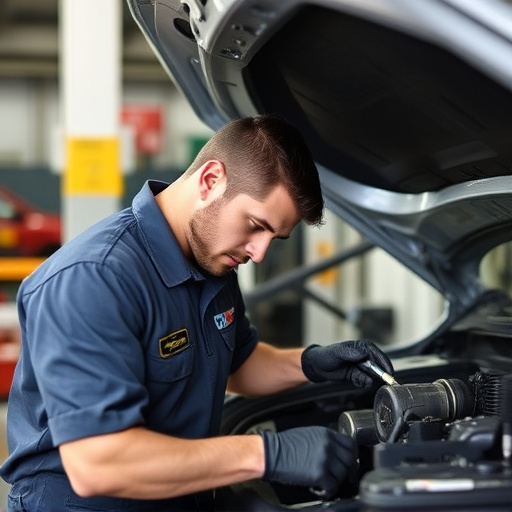
Success in local collision repair hinges on understanding regional needs and community preferences……..
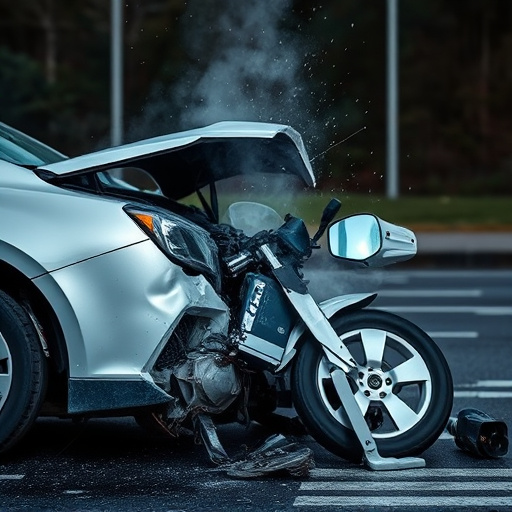
Local collision repair markets are shaped by competitive pricing, skilled labor availability, and re…….

Local collision repair facilities employ advanced techniques like laser measurement and CAD systems…….
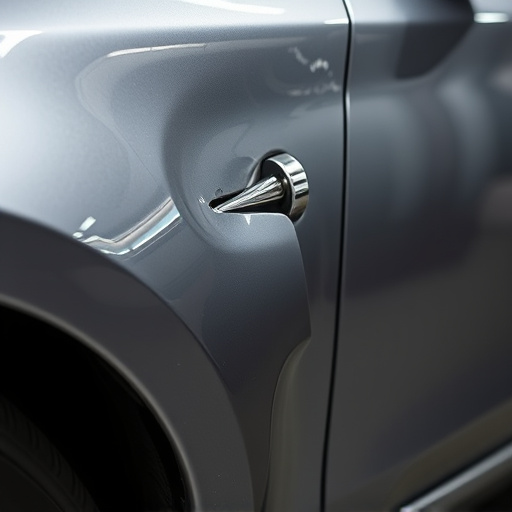
Local collision repair shops thrive by offering personalized, trustworthy service, building strong c…….

Proper luxury vehicle maintenance crucial for retaining value and aesthetics. Local collision repair…….
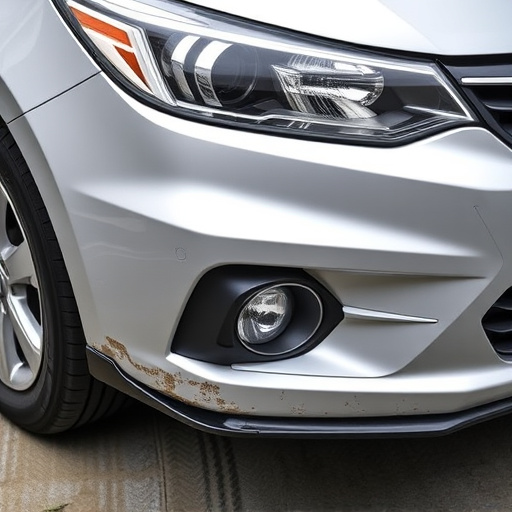
Local collision repair shops offer personalized services, prioritizing individual customer experienc…….
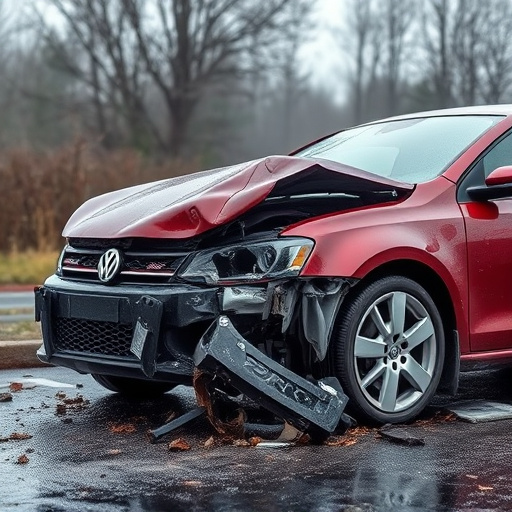
When choosing between local collision repair shops and national chains, prioritize personalized serv…….

Choosing local collision repair shops offers faster turnaround times, personalized service, and open…….